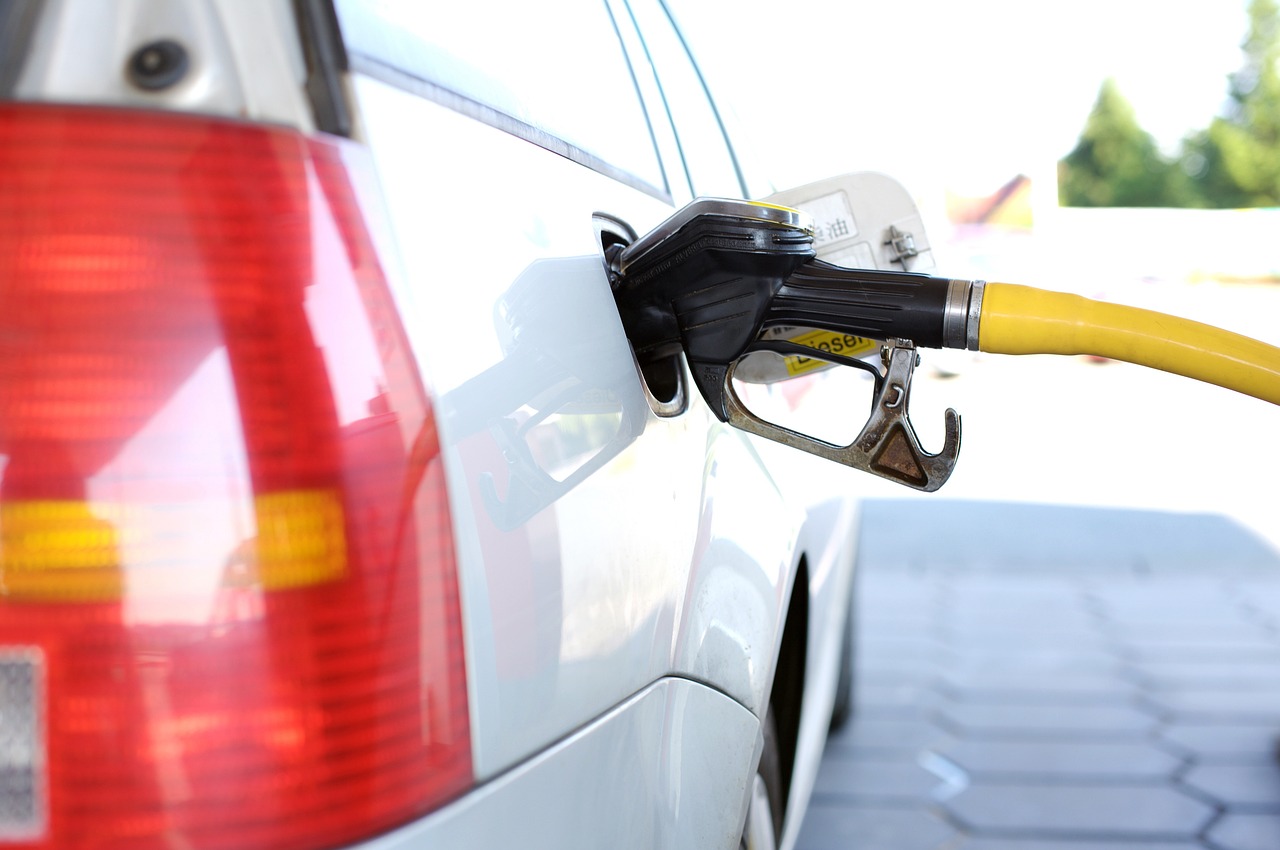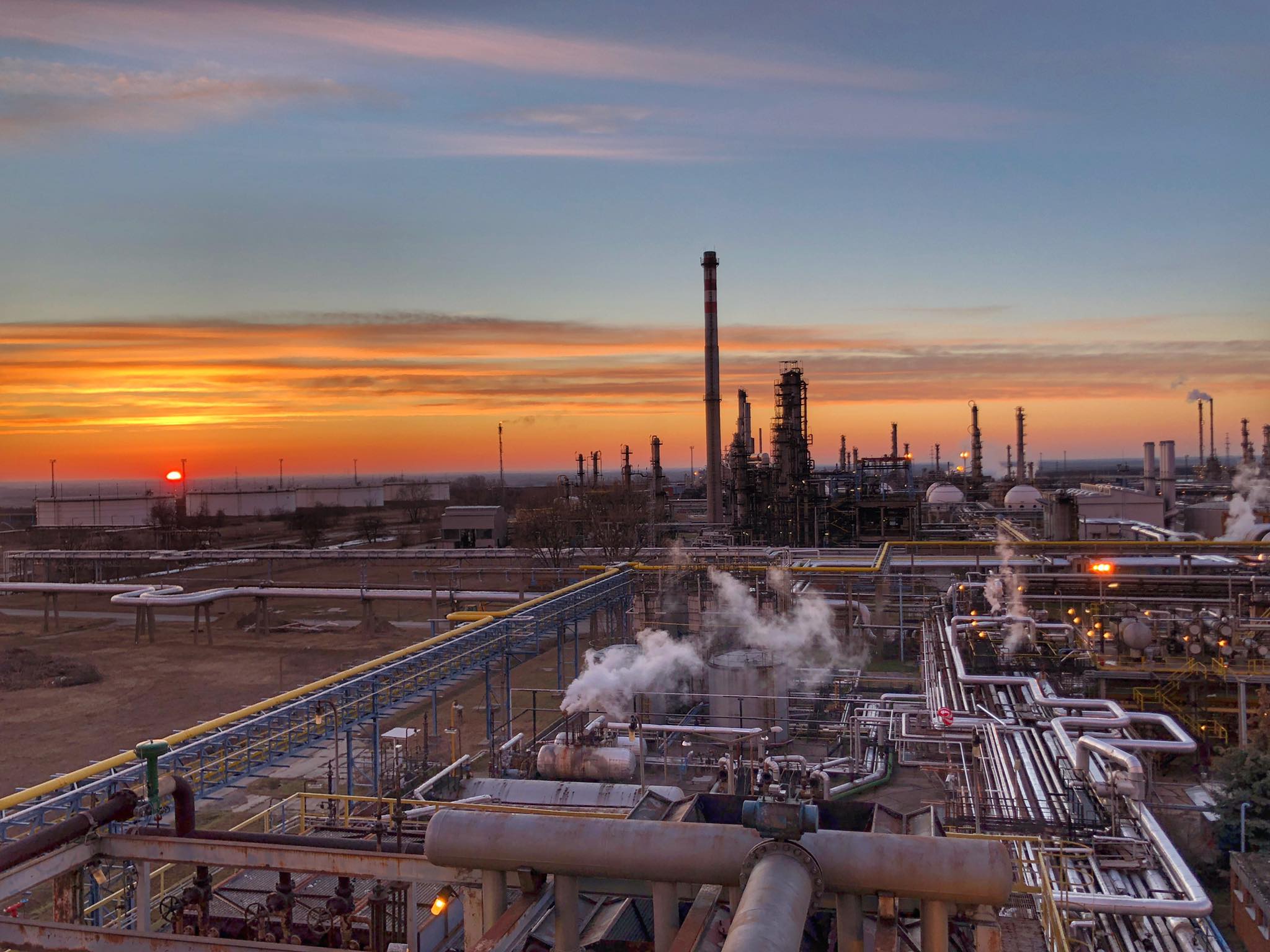
Hungary currently imports fuel through Ukrainian pipelines at five times the price.Continue reading

Fuel in Hungary is extremely expensive in the region, for many reasons, but a new phenomenon has recently emerged. The Ukrainians and Croatians are brutally charging a price for oil coming into Hungary through their pipelines, and it is ultimately the consumers who pay for it at petrol stations, Világgazdaság reports.
Week by week, the price of fuel is rising more and more dramatically. From Friday, motorists will again have to pay more for fuel at petrol stations, with the average price of 95-octane petrol now at 655 forints (EUR 1.70) per liter and diesel at 676 forints (EUR 1.75) per liter. For comparison, at the end of July, the average fuel prices were well under 600 forints (EUR 1.55) per liter.
The fuel available in Hungary is also clearly expensive from a regional perspective.
95-octane petrol is only more expensive in Slovakia and Austria, with the Hungarian price per liter generally around 30-40 forints higher than the average price of fuel in the neighboring countries. The situation is even worse for diesel. The Hungarian market price is the most expensive in the region, costing 40-50 forints per liter more than in neighboring markets.
Furthermore, other bad news for motorists is that from January, the government will have to increase the excise tax on fuel to meet EU obligations.
The excise duty currently stands at 120 forints per liter for petrol and 110.35 forints per liter for diesel. This rate will rise significantly from next January, to 152.55 or 157.55 forints for petrol and 142.9 or 152.9 forints for diesel, thus increasing fuel prices by 30-40 forints (EUR 0.07-0.10). The increase will depend on whether the world oil price is below or above USD 50.
Gergely Gulyás, the Minister heading the Prime Minister’s Office, said at the Government Info briefing that the reason behind the price hike is that Ukraine has repeatedly raised the transit fee for Russian oil imports. Another consequence of this was that Hungarian inflation was higher than expected in August.
Hungarian oil and gas company MOL’s refinery in Százhalombatta (south of Budapest) receives crude oil via Ukraine and Croatia through the Friendship and Adriatic (Janaf) pipelines. Both the Ukrainians and the Croats charge a fee for the transport, which is common practice in the market. However, the two countries have brutally increased their transit fees this year.
Ukraine now charges €21 per ton on the Friendship pipeline from August. Earlier this year, this fee was €13.6, and before the war it was only €9. Hence, on this pipeline alone, the price has tripled in a year and a half.
If that was not enough, the Croatians are also increasing the Adriatic pipeline transit fee, where the contract with Hungary expired at the end of 2022. MOL tried to sign a new one last summer, but the Croats did not make an offer for months. When they did, the new proposed fee was four to five times what was considered fair. In the end, MOL and the Croatian company Janaf agreed to charge the astronomical transit price demanded by the Croats for the first three months of 2023, but said that if a longer-term agreement could be reached, the new price would be considered retroactive.

MOL Danube Refinery in Százhalombatta. Photo: Facebook/MOL
Eventually, the longer-term deal did not work out, and the new contract only runs until the end of 2023. The price is still horrendous, but the specific figures are not known because they are trade secrets. However, Zsolt Hernádi, Mol’s CEO, revealed that the transport costs in Croatia are five times the market benchmark price.
This is not expected to decrease, as the Croatians have an absolute dominant position in the negotiation of the 2024 transit fees, if only because MOL needs to reduce its exposure to Russia, and the only ones they can currently turn to for oil to do so are Croatia and Janaf.
MBH Bank analyst Balázs Rácz commented to Világgazdaság on the topic. “The rising transit fees have clearly contributed to the steep rise in fuel prices. MOL buys crude oil from Ukraine via the Friendship pipeline and from Croatia via the Adriatic pipeline and pays transit fees to the companies operating the pipeline network. The sharp rise in transport costs is also having an impact on fuel prices.”
The gross fuel price margin per liter, the combined retail and wholesale margin, also plays a major role in the evolution of consumer prices. Tamás Pletser, oil and gas analyst at Erste Bank, pointed out that while the average margin in 2019 was typically 50-60 forints per liter, it has risen to 130 forints in 2023. However, he also noted that this does not necessarily mean higher profits for traders on a net level, as overheads and freight costs have risen, while wages have increased, as have taxes. Either way, gross fuel margins have doubled in the space of a few years.
Featured photo via Pixabay